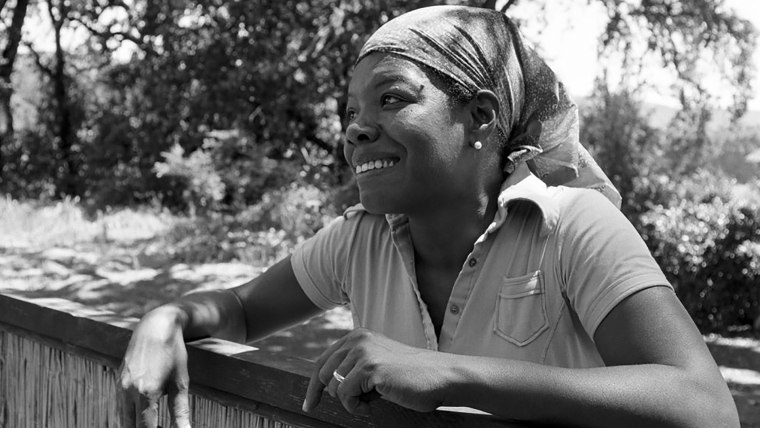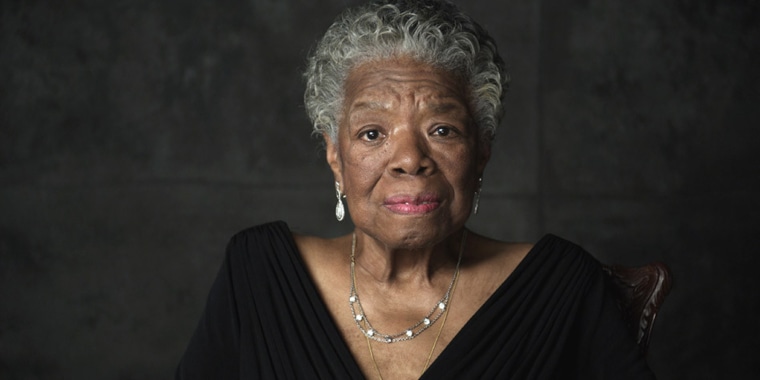
The new documentary film, “Maya Angelou: And Still I Rise,” begins with her quote, “We must encounter defeats but we must not be defeated, but in fact it may be necessary to encounter defeats so that we’d know who the hell we are.”
Indeed, Angelou, who was literally transported with a tag on her arm and no adult supervision at the age 3 to Stamps, Arkansas, did not allow life to defeat her. She was a teenage mother who survived rape at age 7, had three marriages, worked with Dr. King and Malcolm X, and wrote a poem for a presidential inauguration. Angelou thrived with a new voice in each decade.
“Phenomenal woman wasn’t just something she wrote. It was who she was,” former Presidential candidate Hillary Clinton says in the film.
Indeed. Though most may remember Angelou as a poet and author of “I Know Why the Caged Bird Sings,” Kunta Kente’s grandmother in Roots or reciting the poem “On the Pulse of Morning” at President Bill Clinton’s 1993 inauguration, the film sheds light on other parts of her life that are not as well known.
“Most will be surprised to know that there was so much more to her than what they thought,” says film co-director and co-producer Rita Coburn Whack, who spent five years working on the documentary.
Related: Maya Angelou Forever Stamp Not Without Controversy
For example, early in her career Angelou, tall and lean, was a dancer and singer, known as Ms. Calypso. She toured with the Broadway play “Porgy and Bess” and while in Paris met author James Baldwin, with whom she would become lifelong friends. She wrote and starred in a 10-episode PBS series and was also one of the first Black woman member of the Directors Guild of America.
“The challenge was to bring something new to the table for people who knew about the [1993] inauguration while educating a new generation,” says Whack. “The real learning process was how to make it in such a way that was respectful of her time on Earth, the history of our generation and get new generations to be interested in her work.”
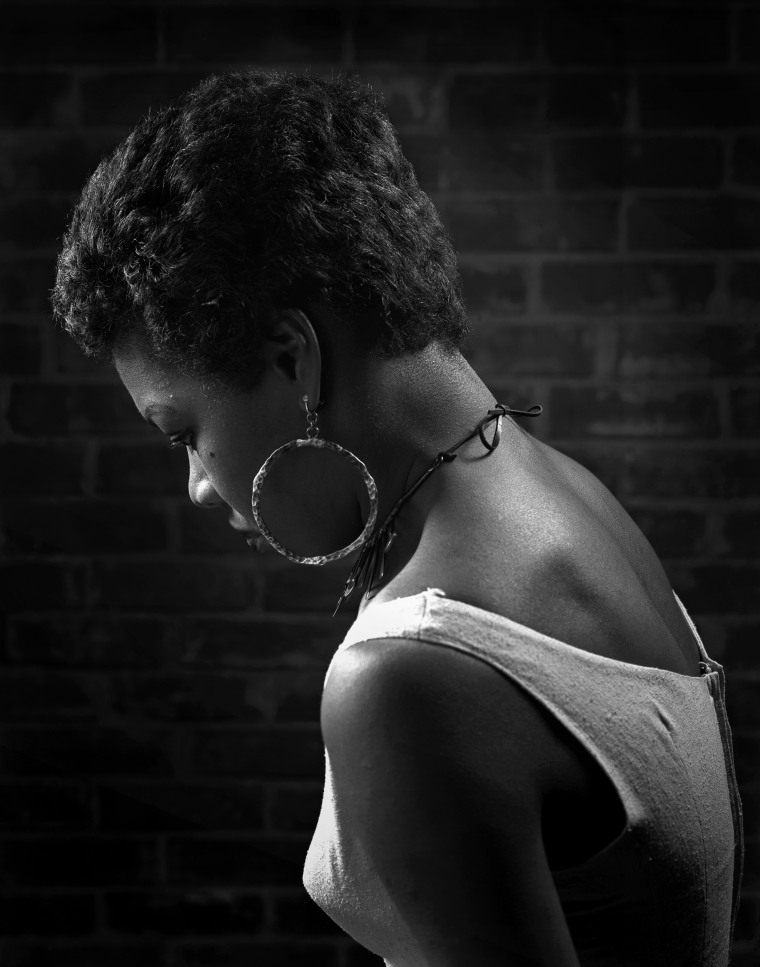
Fewer know about Angelou’s activism. After hearing Dr. Martin Luther King Jr., speak at the Riverside Church in New York, Angelou helped raise money for the Southern Christian Leadership Conference (SCLC). She then became the northern coordinator for SCLC.
In the film, her son Guy Johnson remembered a march Angelou led in New York protesting the shooting of an unarmed Black man.
“She had courage like few people had courage,” Johnson told NBCBLK in an interview.
Related: NBCBLK28: Book Buzz: Brit Bennett Is On Everyone’s ‘Must Read’ List
Johnson says his mother exposed him to “a world I would not have known without her.”
For example, the film features footage of Angelou and Johnson living in Cairo, Egypt and then in Ghana, where Angelou worked at a university. It was during this time she met Malcolm X. She had planned to work with the charismatic activist when she returned to the United States but Malcolm X was assassinated in 1965.
“She gave me an understanding of the quality of all human beings,” says Johnson. “Ethnicities differentiate us but they do not make us either better or worse. They merely make us different and make more rich the wonderful fabric of being human.”
Whack says Angelou was a “walking lesson in history and reconciliation.”
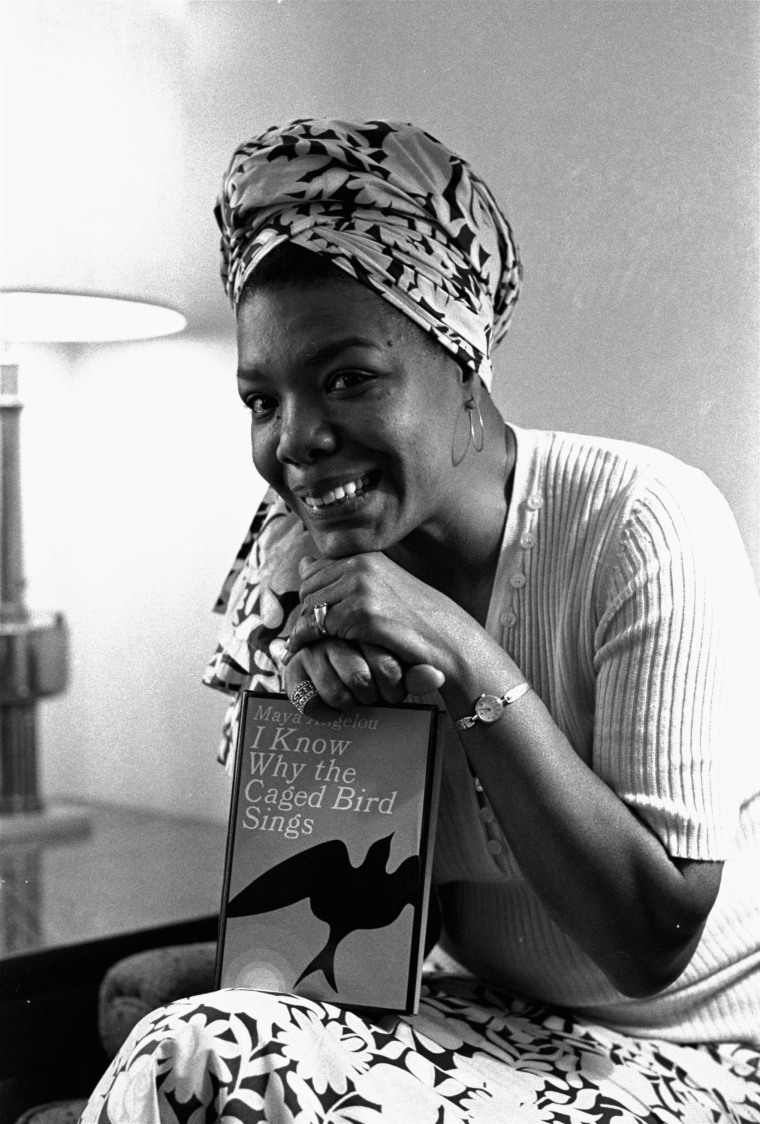
The documentary includes comments from Lou Gossett Jr., Common, Alfre Woodard, Diahann Carroll, President Bill Clinton, Cicely Tyson, Oprah Winfrey, Valerie Simpson of Ashford and Simpson, John Singleton, Dave Chappelle and Quincy Jones.
Her friend poet Nikki Giovanni describes Angelou as a “consummate performer.” There’s one particular part in the film that reveals Angelou’s power to soothe the soul. She is describing her encounter with a popular young rapper who had become belligerent on the set of the 1993 movie “Poetic Justice” in which Angelou makes a cameo appearance. She grabbed him by the side and walked him down a small hill.
“I said young man come here,” Angelou recalled during the speech. “When was the last time anyone told you how important you are? You’re the best we have. We need you desperately. Do you know our people got on auction blocks for you? Got up at sunrise so that you could stay alive, you could be here today? I put my arm around his waist and I just walked him down the decline. Suddenly he started to cry.”
Related: Ava DuVernay’s ‘Queen Sugar’ is a Nuanced Portrait of Black Life
It was Janet Jackson who told Angelou that the young man she was talking to was Tupac Shakur.
“I had no idea who he was,” Angelou told the crowd.
Her grandson Colin Johnson understands the power his grandmother had to touch others. He says he was moved to tears for about 45 minutes after seeing the final version of the film.
“The impact she’s had on so many people, to see her story done with such respect, such admiration and such reverence for who she was, is a proud moment,” says Colin, who runs Caged Bird Legacy, LLC. “To see her lifted up like this, it’s a big thing for us.”
The movie ends with Angelou reciting her famous poem, “And Still I Rise.”
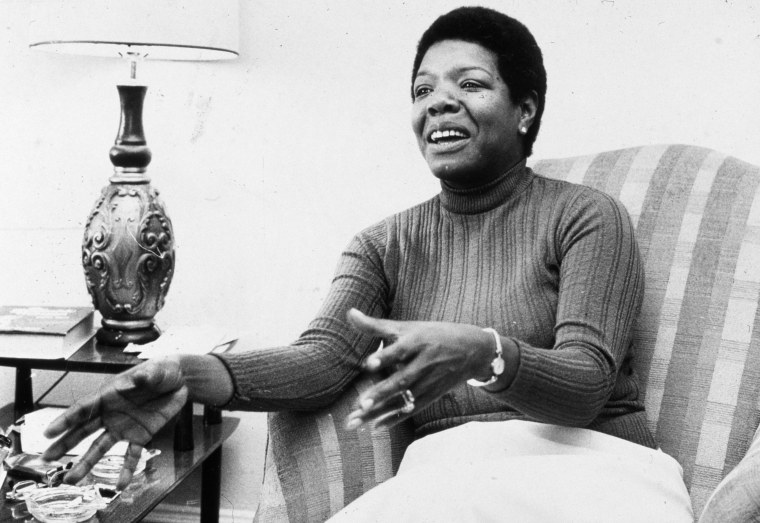
Colin says his grandmother lived outside the box.
“She had a vision for what her life was suppose to look like, the direction for where her heart and her work was supposed to go like no other,” says Colin, 41.
Angelou notes in the film that during the five years she didn’t talk after being raped (from age 7 to 12), she read every book in the Black school library and all the ones she could get from the White school library. She memorized James Weldon Johnson, Paul Laurence Dunbar, Countee Cullen and Langston Hughes as well as Shakespeare and Edgar Allan Poe.
“When I decided to speak, I had a lot to say,” Angelou noted.
Johnson says his mother’s voice is particularly needed in today’s climate.
“My mother would be the first tell you that we are more alike than we are unalike, but that doesn’t mean that we aren’t different,” says Johnson. “We need to learn to appreciate our differences and not let them divide us.”
The documentary “Maya Angelou: And Still I Rise” premiers on PBS Tuesday February 21 at 8/7 c.
